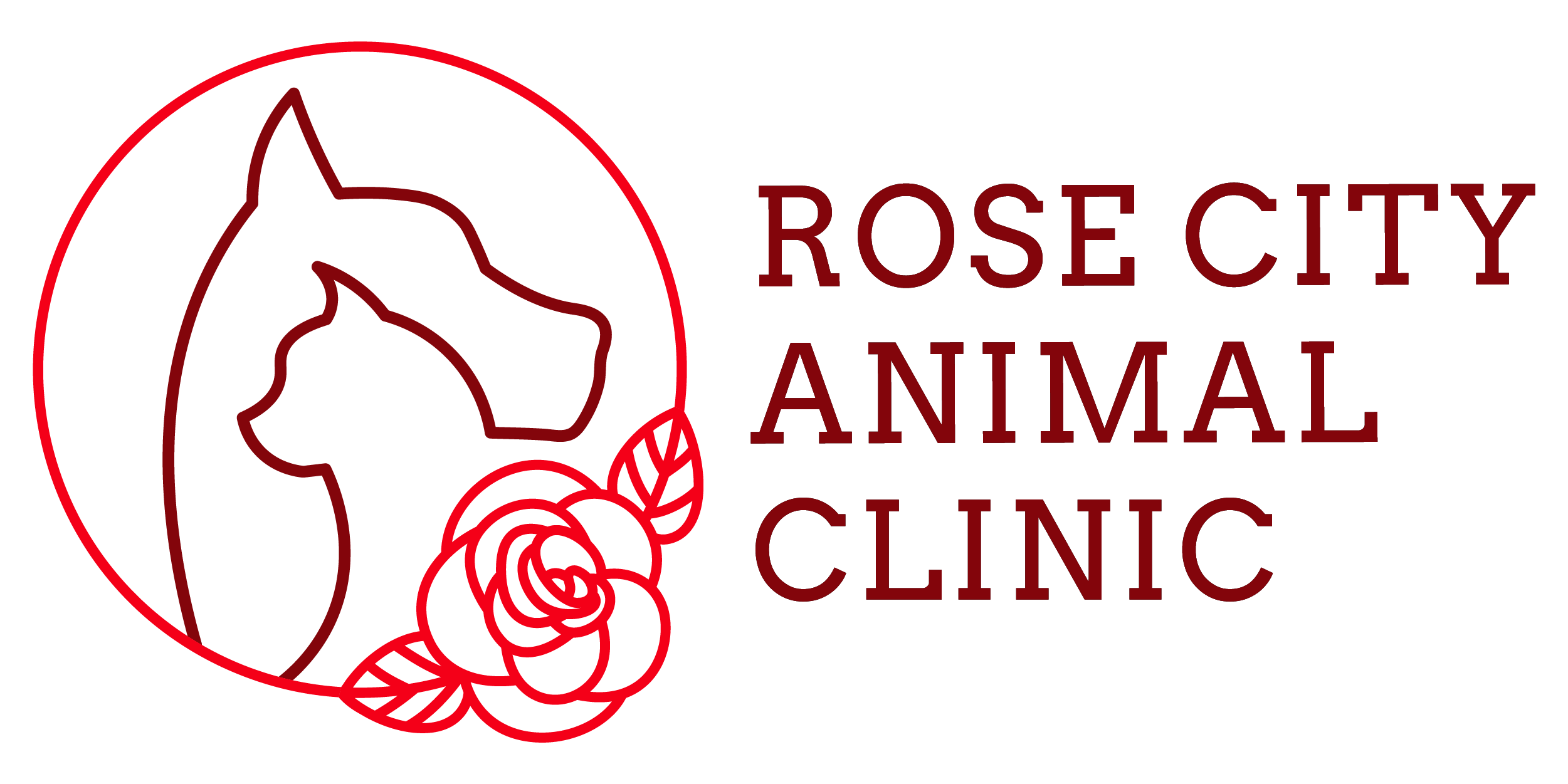Parvo is back, and it’s hitting hard this spring. We’ve seen multiple cases already this year, and unfortunately, not all of them have had happy endings. This virus is nothing to mess with, and it’s time we talk about it.
Understanding Parvo
Parvo, short for Canine Parvovirus, is a highly contagious viral illness primarily affecting puppies and unvaccinated dogs. It is a nasty virus that pets contract through fecal-oral transmission from other infected animals or stray dogs. It’s not pretty, and it’s incredibly resilient – it can linger in feces and soil for months, just waiting to infect an unsuspecting pup. Even if your dog doesn’t directly consume feces, just sniffing around contaminated areas can put them at risk.
Springtime Risks
Springtime is when risks for Parvo transmission are the highest. This is because of increased outdoor activity and contact with other dogs. Puppies exploring parks, sidewalks, and communal areas may come into contact with contaminated feces or surfaces, putting them at risk of contracting the virus. Additionally, spring is a common season for new puppy litters, further elevating the potential for Parvo to spread in vulnerable populations.
Symptoms and Warning Signs
Recognizing the symptoms of Parvo is crucial for early detection and prompt treatment. Common signs of Parvo in puppies include:
- Severe vomiting
- Profuse diarrhea, often bloody
- Lethargy and weakness
- Loss of appetite
- Dehydration
- Fever
If you notice any of these symptoms in your puppy, it’s essential to seek veterinary care immediately. Parvo progresses rapidly and can quickly become life-threatening if left untreated.
The Devastating Effects of Parvo
Parvo is a relentless disease that eats away at a puppy’s body from the inside out. It attacks the intestinal lining, causing severe inflammation and destruction of healthy tissue. This leads to fluid loss, electrolyte imbalances, and systemic infection, ultimately resulting in organ failure and death. Sadly, Parvo is one of the worst ways for a puppy to die, causing immense suffering and heartbreak for both the pet and their owner.
Prevention through Vaccination
Fortunately, Parvo is preventable through vaccination. Puppies should receive three vaccinations, starting as early as six weeks of age, followed by boosters at three-week intervals until they are at least 16 weeks old. These vaccinations stimulate the puppy’s immune system to produce antibodies that protect against Parvo and other contagious diseases.
Our Commitment to Safety
At Rose City Animal Clinic, we take Parvo prevention seriously. If we suspect that your puppy may have been exposed to Parvo or is showing symptoms of the virus, we ask that you keep your puppy in the car upon arrival. We have a separate quarantine space designated exclusively for Parvo cases to prevent the spread of the virus to other pets in our clinic.
As springtime unfolds and puppy season is in full swing, it’s essential to remain vigilant against the threat of Parvo. You can protect your puppy from this deadly virus by understanding the risks, recognizing the symptoms, and prioritizing vaccination. Together, we can ensure that every puppy enjoys a healthy and happy start to life. Schedule a vaccination appointment for your puppy today and take the first step towards Parvo prevention and peace of mind!




